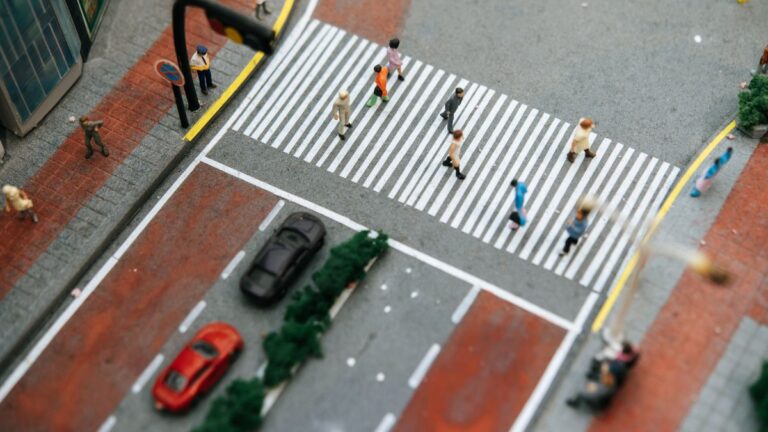Any surface regularly subjected to foot traffic, pets, or rolling carts will face accelerated wear and grime accumulation compared to quieter areas. Entrances, corridors, lobbies, kitchens, and recreation spaces are usually the most exposed. Surface breakdown in these spots often isn’t just cosmetic—it can become a safety risk if materials chip, crack, or lose grip. For busy families and organizations, constant cleaning and repeated repairs can add up quickly, both in cost and inconvenience. The challenge lies in balancing resilient, easy-care flooring and a welcoming, stylish atmosphere for all users.
Increasingly, property owners seek professional insight to guide them through the vast landscape of durable surface choices. The right epoxy flooring company understands how different materials react to daily abuse, which installation techniques extend life, and how custom solutions can support everyday function and long-term aesthetics. Homeowners and facility managers realize that today’s investments must be strategic, making the wisest use of the budget while reducing maintenance hassles for years.
What Makes a Surface Durable?
The durability of high-traffic flooring depends on its resistance and longevity. The best surfaces utilize dense, well-engineered materials, such as porcelain tiles and quality epoxy coatings, which protect against scratches, stains, and moisture. Advanced manufacturing techniques are employed to create these durable surfaces.
Slip resistance is also essential; features like textured finishes, anti-slip additives, and good underfoot grip help reduce accidents. Additionally, high-quality sealers and protective topcoats can extend the surface’s life.
Commercial maintenance teams focus on proper subfloor preparation, as uneven, damp, or poorly sealed surfaces can lead to flooring failure. A comprehensive approach to installation is crucial for ensuring flooring remains durable across various settings.
Material Options for Busy Areas
Recent advancements in materials have made it easier to find the right flooring for high-traffic areas. Porcelain tile is popular due to its hardness, versatility, and scratch resistance, making it ideal for entryways and kitchens. Luxury vinyl plank (LVP) mimics the appearance of wood or stone while providing a softer feel underfoot and resilience against dents and moisture. Sealed and polished concrete is favored for its industrial-chic aesthetic and durability. Epoxy coatings are perfect for garages, workshops, and basements. Natural stone adds elegance and strength, although it does require sealing. The right flooring choice should balance your usage needs, design vision, and the potential for occasional touch-ups.
Combining Style with Resilience
With the right choices, durability doesn’t have to mean sacrificing aesthetics. Today, design-forward homeowners and savvy business owners have impressive flexibility. Vinyl plank and tile now come in a spectrum of patterns—realistic re-creations of reclaimed oak, exotic stones, or minimalist matte textures. Epoxy floors aren’t limited to gray; they can include metallic swirls, color flakes, or even custom logos. Porcelain tile can be arranged in statement patterns or subtle tones to mask shoe scuffs and soil.
Designers often select finishes based not just on looks but also on their ability to disguise wear in high-traffic spots—think darker grout lines, microtextured surfaces, or planks of mixed width. These choices help keep spaces looking lively, even during life’s busiest moments. The intersection of style and substance is richer now than ever before.

